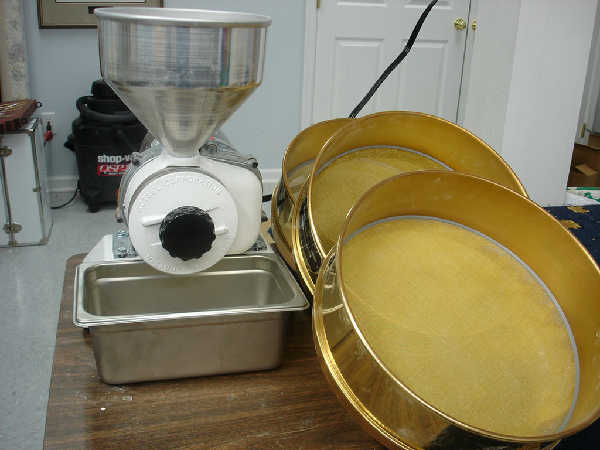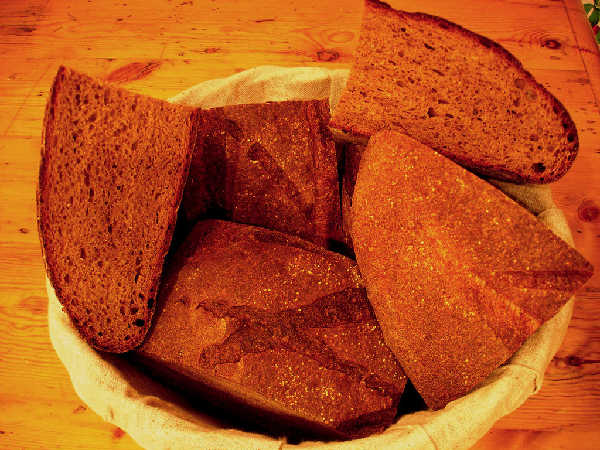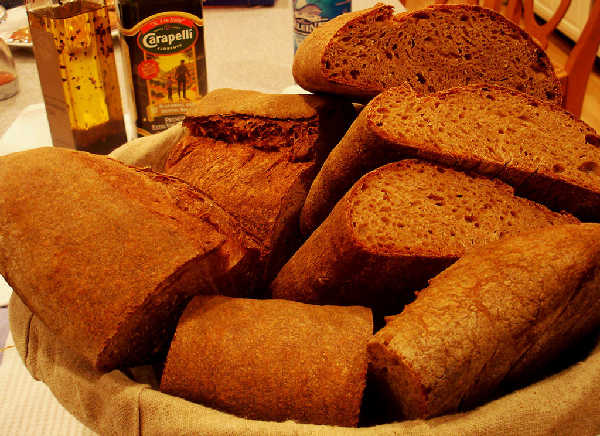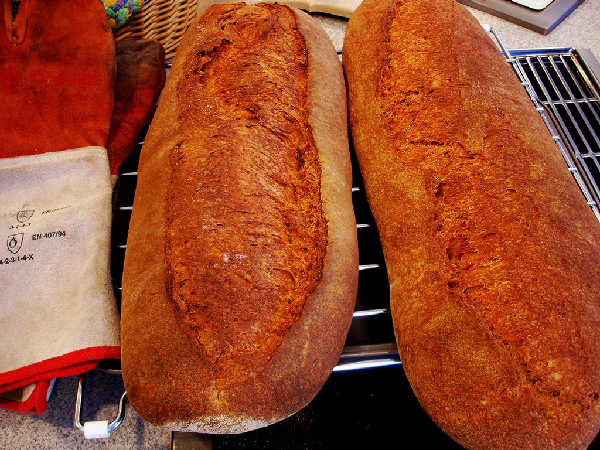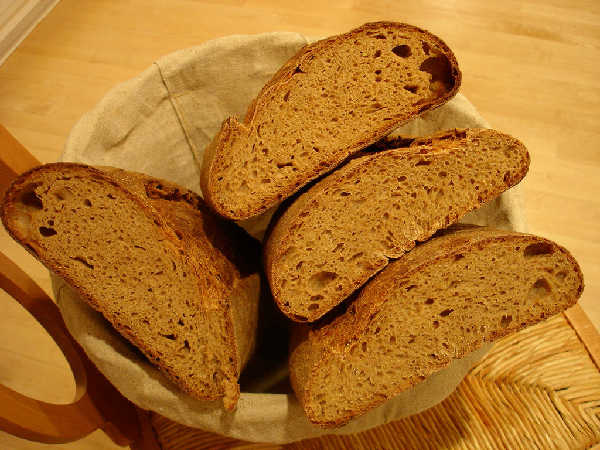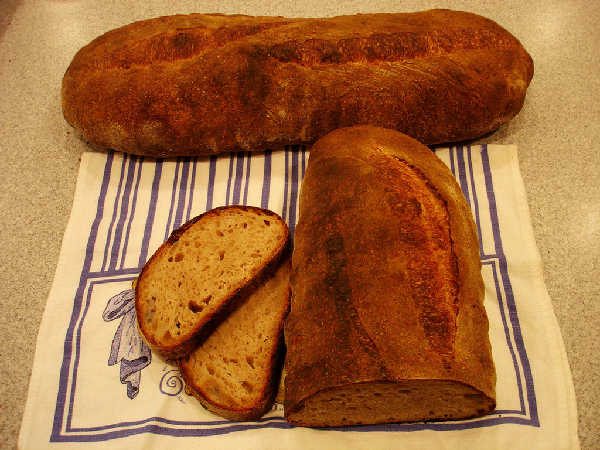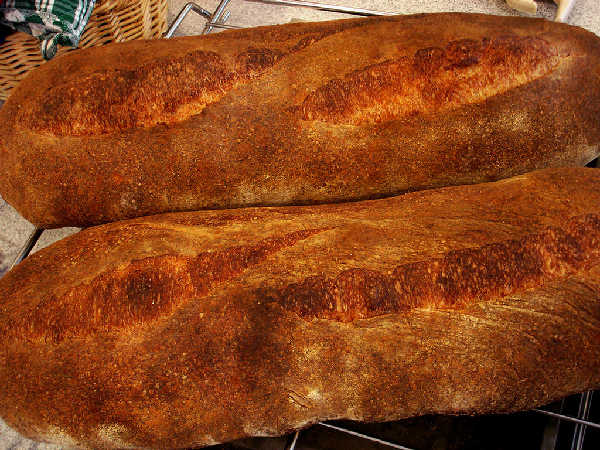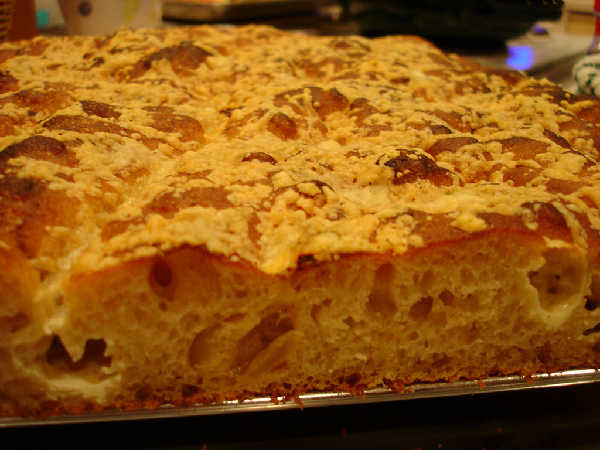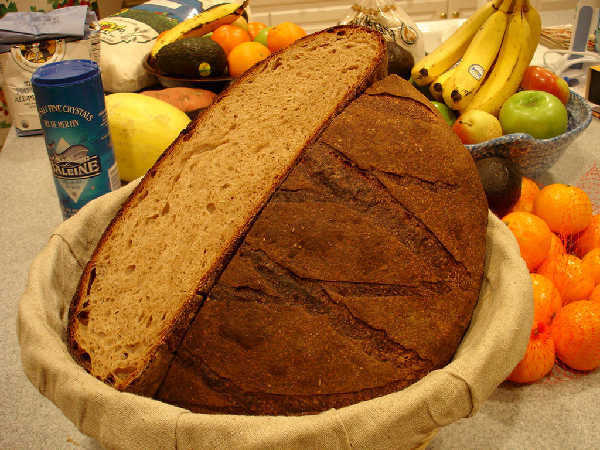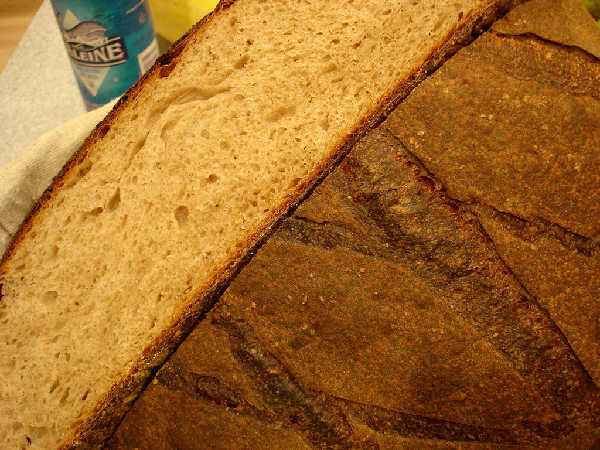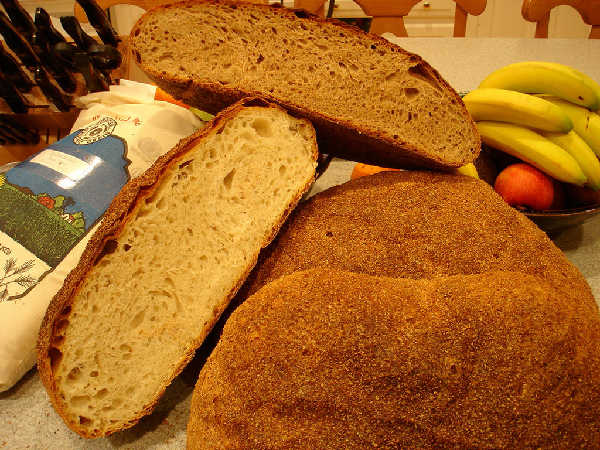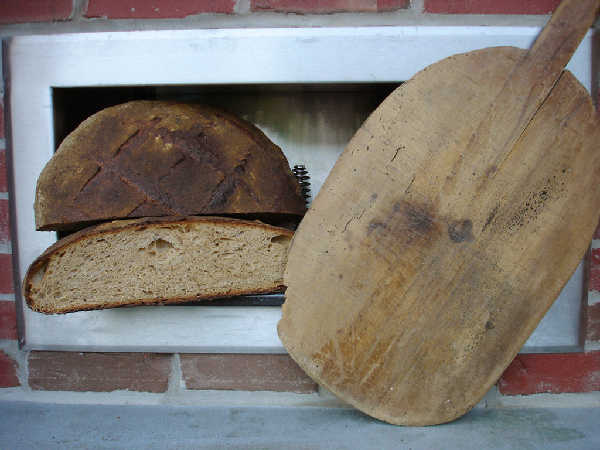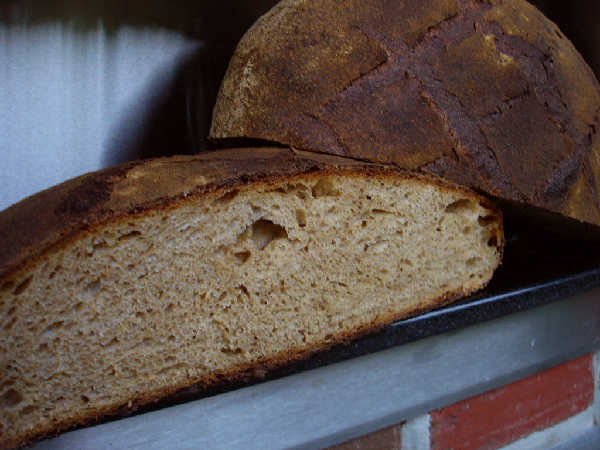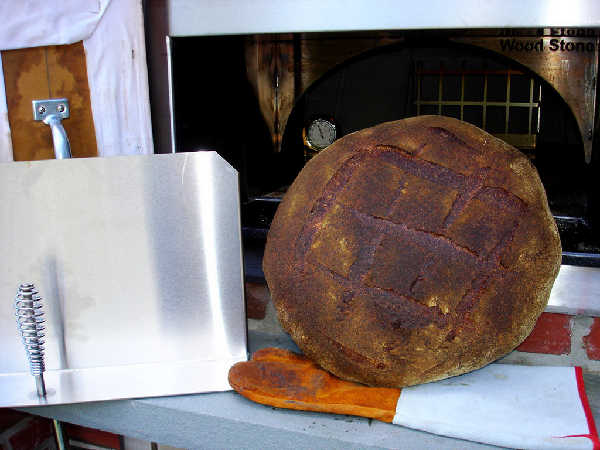bwraith's blog
Whole Wheat Mash Bread
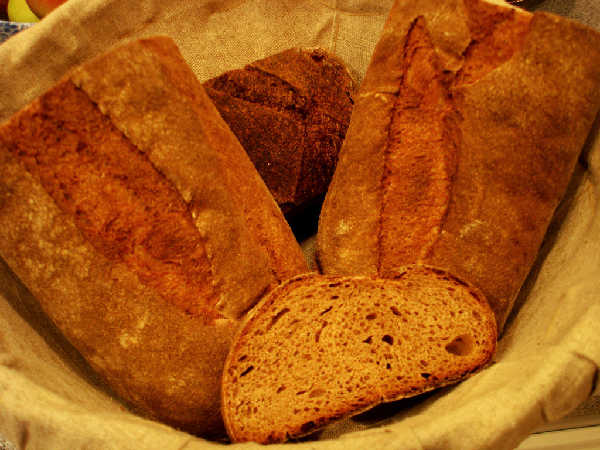
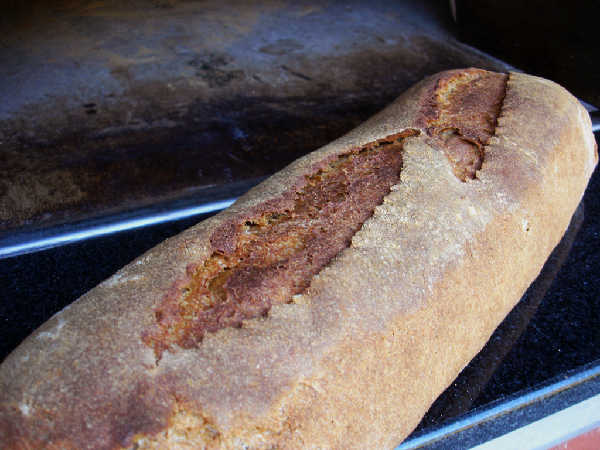
- Log in or register to post comments
- 13 comments
- View post
- bwraith's Blog
NYT No-Knead Sourdough Conversion
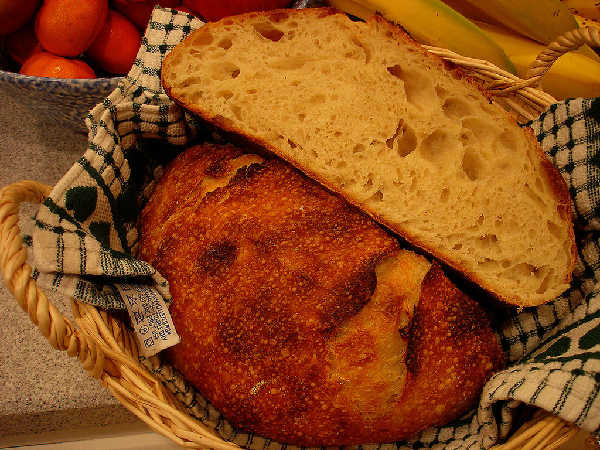
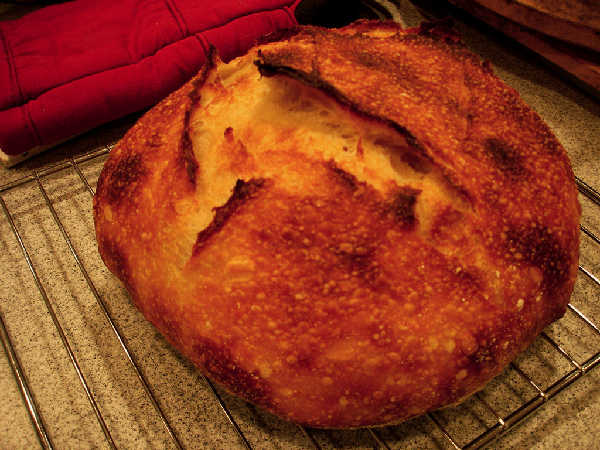
- Log in or register to post comments
- 25 comments
- View post
- bwraith's Blog
Sourdough Rise Time Modelling and Recipe Calculators
I've posted a spreadsheet that summarizes what I do these days to analyze rise times and to dissect recipes or design my own variations. Below is some discussion and also some instructions for the spreadsheet. Use it as is, and modify it as you like. It may contain errors, bugs, and it is not carefully designed to work on all computers and operating systems.
